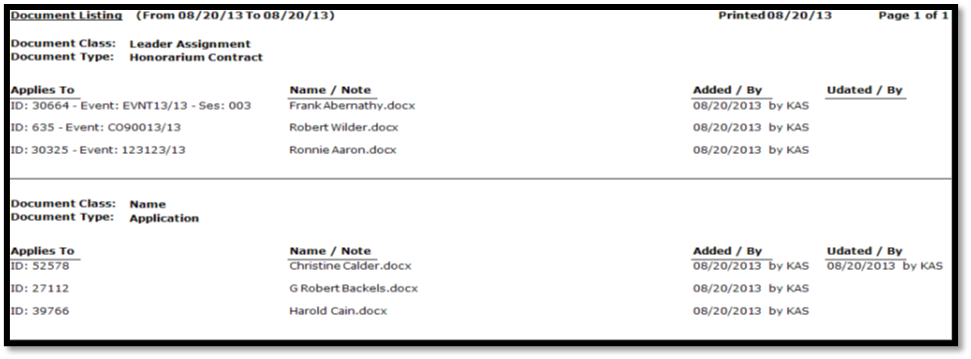But you can anticipate your future by creating hypothetical income statements for the accounting periods to come. Subtract the cost of interest payments and income tax from your operating income, and you get the bottom line. This is how much money your company brought in for the period of time your income report covers. Your income statements are most powerful when used in tandem with your balance sheet and cash flow statements.
The Internal Revenue Service (IRS) permits businesses to deduct operating expenses if the business operates to gain profits. For every dollar in revenue earned, the business takes home $0.37, after taking into account COGs and operating expenses. Your operating profit margin is the portion of each dollar make or buy decision explained your business keeps after taking into account both COGs and general expenses. In the service industry, it’s the cost of paying wages and providing the supplies you need to perform those services. Learn how to read income statements, and you’ll unlock the ability to understand your finances. A balance sheet shows you how much you have (assets), how much you owe (liabilities), and how much is remains (equity).
Sales revenue
They also include the costs of materials used to develop the products and the labor needed to get the goods to market. Non-operating expenses, on the other hand, refer to costs incurred but not linked directly to the core functions of a business. Such expenses include obsolete inventory charges or even the settlement of a lawsuit. While both of these metrics denote profits made, Gains refer to profits that don’t relate to the core business of the company. They are mostly made from one-time non-business activities that might not re-occur in the future. For instance, these could be assets accrued from the sale of land or an old vehicle.
- Income statements also provide a good source of analysis for investors that are willing to invest in the business.
- Operating expenses are basically the selling, general, and administrative costs, depreciation, and amortization of assets.
- Single-step income statements include revenue, gains, expenses, and losses, and they strictly show operating costs.
- Upgrading to a paid membership gives you access to our extensive collection of plug-and-play Templates designed to power your performance—as well as CFI’s full course catalog and accredited Certification Programs.
- Similarly, for a company (or its franchisees) in the business of offering services, revenue from primary activities refers to the revenue or fees earned in exchange for offering those services.
COGS (Cost of Goods Sold, aka Cost of Sales)
Gains represent all other sources of income apart from the company’s main business peculiar features of the most important financial statements activities. This means that revenues and expenses are classified whether they are part of the primary operations of the business or not. Your net profit margin is the number you’ll continue to focus on as your read and analyze each income statement your company produces. COGS only involves direct expenses like raw materials, labor and shipping costs.
Is EBITDA included in an income statement?
It also helps business owners determine whether they can generate high profit by increasing prices, decreasing costs, or both. You’ll look at your revenue later when it’s time to determine your profit margin—the relationship between how much you spend versus how much you earn. When you depreciate assets, you can plan how much money is written off each year, giving you more control over your finances.
Gross Profit Gross profit is calculated by subtracting Cost of Goods Sold (or Cost of Sales) from Sales Revenue. If you subtract all the outgoings from the money the company received, you are left with $21,350. Finance cost is the cost of borrowing money, which includes the interest charged on bank loans, overdraft fees, and dividends on redeemable shares.
Most, but not all, expenses are deductible from a company’s income (revenues) to arrive at its taxable income. The most common tax-deductible expenses include depreciation and amortization, rent, salaries, benefits, and wages, marketing, advertising, and promotion. While not present in all income statements, EBITDA stands for Earnings before Interest, Tax, Depreciation, and Amortization. It is calculated by subtracting SG&A expenses (excluding amortization and depreciation) from gross profit. The income statement is an integral part of the company delete the opening balance equity into qb online performance reports.
It provides valuable insights into various aspects of a business, including its overall profitability and earnings per share. Reducing total operating expenses from total revenue leads to operating income of $109.4 billion ($245.1 billion – $135.7 billion). This figure represents the earnings before interest and taxes (EBIT) for Microsoft’s core business activities.
It is used to ascertain the health of a business entity at a particular moment. Together with the Balance Sheet and Cash Flow Statement, it is included in every company’s Annual Report – the publicly available, comprehensive overview of a business’ health and financial standing. The elements of an income statement include revenues, gains, gross profit, expenses, losses, and net income or loss. By generating income statements and other financial reports on a regular basis, you can analyze the statements over time to see whether your business is turning a profit. You can use this information to make financial projections and more informed decisions about your business.


